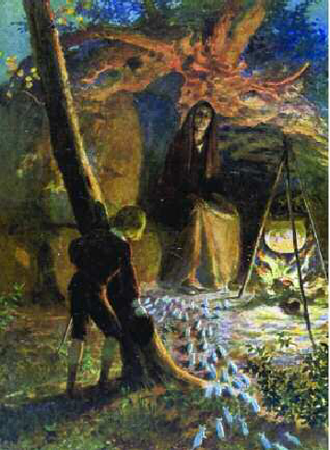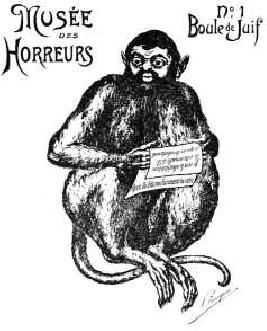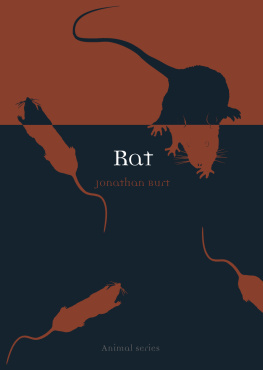Rat

Animal
Series editor: Jonathan Burt
| Already published |
Crow
Boria Sax | Dog
Susan McHugh |
Tortoise
Peter Young | Oyster
Rebecca Stott |
Cockroach
Marion Copeland | Bear
Robert E. Bieder |
Ant
Charlotte Sleigh | Snake
Drake Stutesman |
| Forthcoming |
Parrot
Paul Carter | Tiger
Susie Green |
Whale
Joe Roman | Fox
Martin Wallen |
Falcon
Helen Macdonald | Crocodile
Richard Freeman |
Bee
Claire Preston | Spider
Katja and Sergiusz Michalski |
Hare
Simon Carnell | Duck
Victoria de Rijke |
Moose
Kevin Jackson | Salmon
Peter Coates |
Fly
Steven Connor | Wolf
Garry Marvin |
Published by
REAKTION BOOKS LTD
33 Great Sutton Street
London EC1V 0DX, UK
www.reaktionbooks.co.uk
First published 2005
Copyright Jonathan Burt 2005
All rights reserved
No part of this publication may be reproduced, stored in a retrieval system or transmitted, in any form or by any means, electronic, mechanical, photocopying, recording or otherwise without the prior permission of the publishers.
Page references in the Photo Acknowledgements and
Index match the printed edition of this book.
Printed and bound in China
British Library Cataloguing in Publication Data
Burt, Jonathan
Rat. (Animal)
1. Rats 2. Animals and civilization
I. Title
599.352
eISBN: 9781861894977
Contents

Spying on a sorcerer and her rats, a 19th-century illustration.
Introduction
There are so many different roles that the rat plays in human life. When it is an object of admiration it is usually in, say, the show cage at an exhibition, or in a laboratory cage (where it has often been described as a hero/heroine or martyr to science). In the wild, or on the margins of human life, the rat is commonly loathed, the object of vermin control. Either way, one could say that it loses. But the rat fights back. It is not easily containable and its autonomy extends beyond the physical world of the necessities of food and shelter to playing a central, sometimes disturbing, role in human culture. We have a place for it in the classification of the animal kingdom, but its significance goes beyond its ranking and is out of all proportion to its size. The rat is, as some writers have phrased it, a twin of the human, and their mutual history is dark. In fact, the rat has been represented as the very debasement of evolution. If one devolves downwards from the human, one comes not to the ape or monkey but to the rat. By way of introduction to the rat I will explain the shape of this idea.
In 1923 H. P. Lovecraft wrote a horror story entitled The Rats in the Walls. In Lovecrafts comments on it he dwells on the topics of nature and evolution, and discusses the thesis that there were two separate lines of racial development, in his terminology Caucasian and Negro. These derived from different
Lovecrafts story in brief is this. A man, for various reasons, returns to England from America to repossess and rebuild his ancestral family home. The design of the house itself embodied layers of history, with Gothic features on Romanesque features on Saxon, Roman, Druidic and so on which the narrative peels back as the narrator comes to understand the secret the building conceals. He begins to hear the sounds of rats in the walls, which leads him to investigate the source of the sound. Gathering a team of experts, a huge subterranean cavern under the house is discovered strewn, among other things, with the gnawed remains of countless numbers of skeletons of all different kinds from the most undeveloped human to the most refined. The whole area seems to have been the scene of a primitive rite involving butchery, sacrifice and cannibalism. The narrator then hears the rats coming from the darkest end of the subterranean cavern and in his fear goes mad. The form his madness takes as he begins to fall apart includes speaking in seventeenth-century English, then Middle English, then Latin and Gaelic, finally ending up with a series of primitive sounds. In plunging back through the layers of language he becomes the most base (in) human being: not ape but rat. In the end he is found crouching over the half-eaten remains of his friend Captain Norrys while being attacked by his cat. The devouring rat does not just stop at corpses or skeletal remains but continues its destruction by disarticulating the psychological joints that hold together the bases of humanity: mind and language.
 | This anti-Semitic postcard puns on Maupassants short story Boule de Suif (Butterball). |
Why should the rat be such an apt figure for horror and the target of so much hatred and loathing? Clearly this is a question that requires more than the simple answer that they are parasitic little creatures that live in sewers, spread diseases and steal our food. In fact, rats were described as particularly loathsome in various seventeenth- and eighteenth-century texts, mainly on the grounds of their fecundity, long before they were associated with the sewers that appeared as a result of the progress of sanitation in the nineteenth century. Although they were seen as harbingers of disease in earlier times, they were not understood to be disease carriers as such until the very end of the nineteenth century, and even the scientific work that proved that fact took a decade or so to be universally accepted. Of course, rats have been seen as thieves throughout history, and in the Middle Ages and the early modern period they were reckoned to be a pest that needed eradicating. However, they were not especially singled out as creatures to be hated or feared. Thus, there remains the question as to why rats have come to have such a low status. Lovecraft points us towards the view that the rat is the agent of human dissolution not only physically but also that it exists in an ambiguous and, in some sense, a dangerous relationship to human thinking and language. It seems to represent evil itself. James Rodwell wrote, in his famous book (1858) on rats, that the word rat sums up its nature. Like an Adamic or magical signature, it contains the essence of what it means in its sound, and is the foulest name in British zoology. Harsh and grating to the human ear, Rodwell asks his reader to pronounce it slowly: RAT. There is such a rattling at the tip of the tongue; and then its sudden and abrupt termination with T reminds us of a bolting horse coming smash against a turnpike gate, and being thereby thrown on its back... [the rat is] a kind of devils lapdog, that had been kicked out of the infernal regions for being too offensive and too ugly, but which has an everlasting craving for mens hearts and ulcerated toads.
| Human deceitfulness is paralleled by animal misbehaviour in this late 12th-/early 13th-century Arab manuscript illumination. |
















